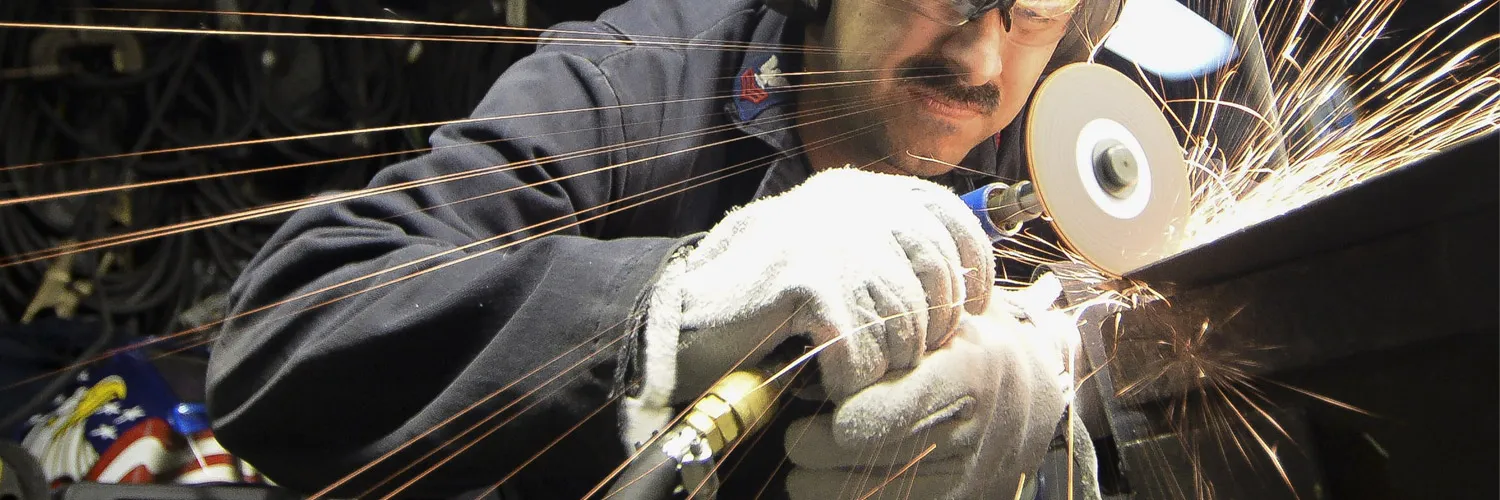We are Manufacturer, Supplier, Exporter, Services Provider of Corrosion Passivation Chemicals, Treatment Chemicals for Grinding Process from Satara, India
Surface grinding uses a rotating abrasive wheel to remove material, creating a flat surface
Mechanical properties will change due to stresses put on the part during finishing.
High grinding temperatures may cause a thin martensitic layer to form on the part, which will lead to reduced material strength from micro cracks.
Physical property changes include the possible loss of magnetic properties on ferromagnetic materials.
Chemical property changes include an increased susceptibility to corrosion because of high surface stress.
The Burr may get introduced deeper to surface and cause the corrosion susceptibility.
Pickling and Passivation are necessary to remove the same.
Buffing Surface Process Corrosion Passivation / Treatment Chemicals
Buffing uses a loose abrasive applied to the work wheel.
Wheel rotates with high speed and uniformly distorts the lattis of surface. This changes the reflectivity, and appearance.
Polishing and buffing are finishing processes for smoothing a workpiece's surface using an abrasive and a work wheel or a leather strop. Aluminum Oxide or Silicon carbide may get interspersed into the surface and form a bleiby layer which impedes pickling and passivation.
It is often used to enhance the appearance of an item, prevent contamination of instruments, remove oxidation, create a reflective surface, or prevent corrosion in pipes.
In metallographic and metallurgy, polishing is used to create a flat, defect-free surface for examination of a metal's microstructure under a microscope.
Silicon-based polishing pads or a diamond solution can be used in the polishing process. Polishing stainless steel can also increase the sanitary benefits of it.
The removal of oxidization (tarnish) from metal objects is accomplished using a metal polish or tarnish remover; this is also called polishing.
However it may remove and redeposit the ferrite contamination over surface.
The aesthetic improvement doesn’t guard against corrosion susceptibility, Passivation ensures it.
Sand / Glass Blasting Surface Process Corrosion Passivation / Treatment Chemicals
This brings smoothing, shaping and cleaning a hard surface by forcing solid particles across that surface at high speeds.
Its is done with high pressure air through nozzle with following medias.
Mineral : Silica sand can be used as a type of mineral abrasive. It tends to break up quickly,
Another common mineral abrasive is garnet. Garnet, Magnesium sulphate, or kieserite,
Agricultural: Typically, crushed nut shells or fruit kernels. removing graffiti,
Synthetic: This category includes corn starch, wheat starch, sodium bicarbonate, and dry ice.
process byproducts e.g., copper slag, nickel slag, and coal slag,
engineered abrasives e.g., aluminum oxide, silicon carbide or carborundum, glass beads, ceramic shot / grit, and recycled products ( e.g., plastic abrasive, glass grit ).
Metallic : Steel shot, steel grit, stainless steel shot, cut wire, copper shot, aluminum shot, zinc shot.
This dust may carry secondary contaminants and when impregnated with surface with high speed, it may initiate corrosion.
The Recontamination may occur from changed media to earlier media and surface may suffer contamination.
Passivation is unavoidable even after these methods.



